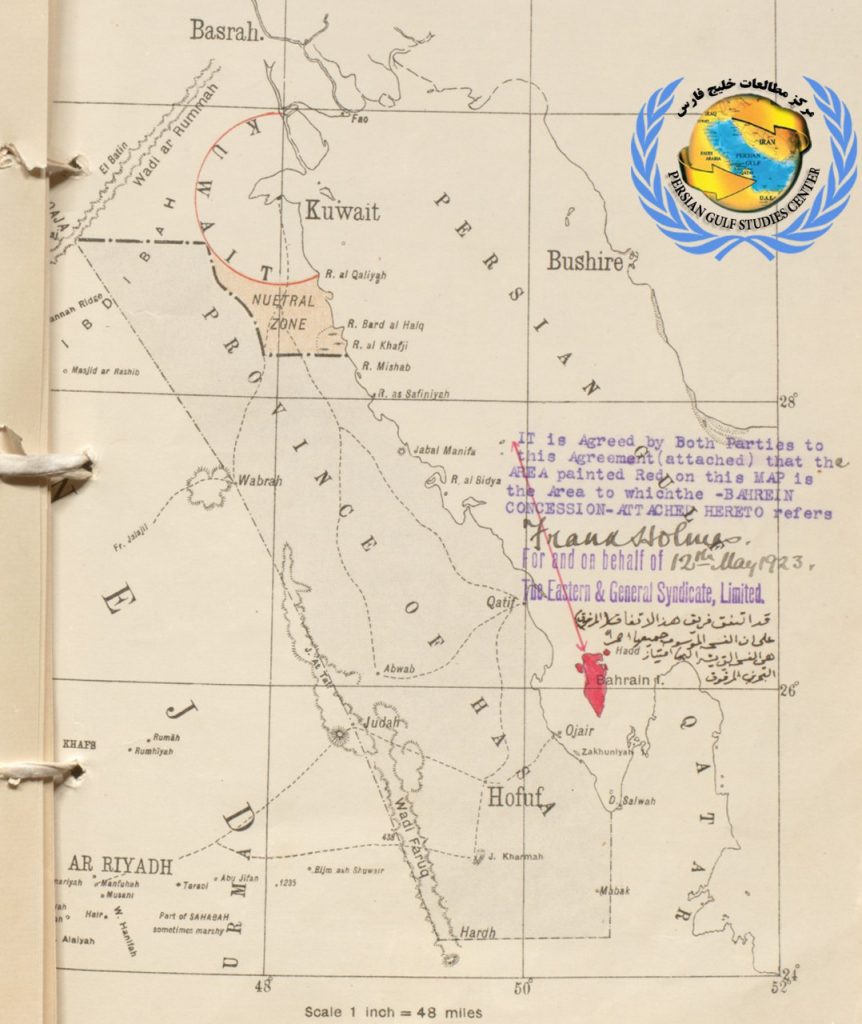- Jan. 12, 2016
- hat’s in a name?
.
By
Tensions between and have been escalating on many fronts — over wars in Syria and Yemen, the Saudis’ of a dissident Shiite cleric and the Iran nuclear deal. The dispute runs so deep that the regional rivals — — even clash over the name of the body of water that separates them.
Is it the Persian Gulf? Or the Arabian Gulf?
This may be among the most minor of the disputes, but it speaks to the level of hostility and competition between the two, and is taken quite seriously by many with an interest in the region — including the United States Navy, which, for fear of alienating its regional allies, uses the term Arabian Gulf.
Why does it matter? In a world where these two adversaries are trying to outmaneuver each other to be the regional superpower, a name can be powerful.
ADVERTISEMENT
Persian Gulf has been used throughout history, in maps, documents and diplomacy, from the ancient Persians, whose empire dominated the region, to the Greeks and the British.
The push to call it the Arabian Gulf gathered steam during the Pan-Arab nationalist movement of the late 1950s, propelled by President Gamal Abdel Nasser of Egypt, the historian wrote in the “.” In the 1960s, Arab countries made Arabian Gulf compulsory, and the uses it.
- Thanks for reading The Times.
The United Nations uses Persian Gulf. A found unanimity in historical documents on the term, which it said was coined by the Persian king Darioush in the fifth century B.C.
As far as the United States government is concerned, the body of water is the Persian Gulf, per the . Yet the Navy has for at least 25 years, since the 1991 Persian , said Cmdr. Kevin Stephens, a spokesman for the United States Fifth Fleet, whose headquarters are in Bahrain.
“It is commonly understood to be a friendly gesture of solidarity and support for our host nation of Bahrain and our other Gulf Cooperation Council partners in the region to use the term they prefer,” Commander Stephens wrote in an email.
Iran insists that it be called the Persian Gulf, and has that fail to use that name. Yet this riles Arab nations, which have succeeded in pushing various parties to use their preferred term — Arabian Gulf.
ADVERTISEMENT
Analysts say the name can be a source of friction even in diplomatic encounters.
“It’s deeply emotional; it’s not simply semantic,” said , an expert on gulf politics at the Carnegie Endowment for International Peace.
Mr. Wehrey recalled meetings that degenerated into shouting matches over the name. At the heart of the matter, he said, was “a geostrategic dispute about ownership of the gulf.”
, a fellow at the Brookings Institution who served as the Persian Gulf affairs director at the National Security Council, said that the terms used by American officials had become more nuanced, and that more officials now say Arabian Gulf or simply “the gulf.”
The terminology shifted along with geopolitics, he said. While the close American-Saudi relationship dates to World War II, ties deepened between the United States and other Gulf Arab states after the 1979 Islamic Revolution in Iran, and even more so with the 1991 war in Iraq.
The National Geographic Society found itself in the middle of the argument when it published an atlas adding the term Arabian Gulf in parentheses below the term Persian Gulf in 2004. After , to later editions.
, an analyst at the RAND Corporation, said the body of water’s name resonated deeply with Iranians in the country and abroad.
ADVERTISEMENT
“It’s almost as if Iranians feel that their history as a civilization is being challenged,” he said. “That’s why it has such an emotional reaction.”
The Associated Press stylebook uses the term Persian Gulf. The New York Times stylebook does not have an entry on it, but the organization generally uses Persian Gulf.
Google Maps shows both terms, with Arabian Gulf in parentheses. But Google will show either Arabian or Persian Gulf to local users, depending on geolocation and language settings.A version of this article appears in print on Jan. 13, 2016, Section A, Page 8 of the New York edition with the headline: Persian (or Arabian) Gulf Is an Object of Regional Rivalries

آخرین دیدگاهها